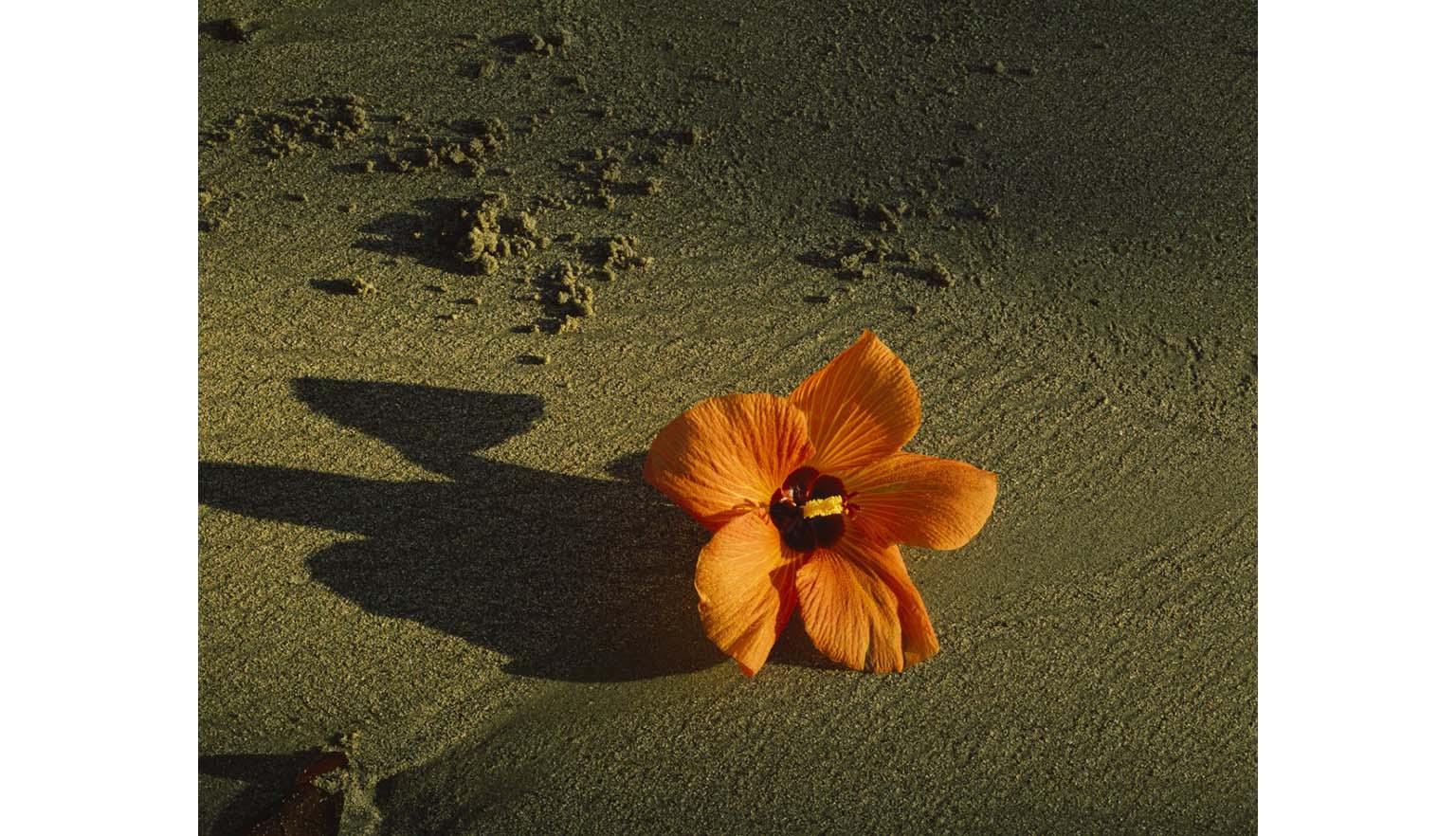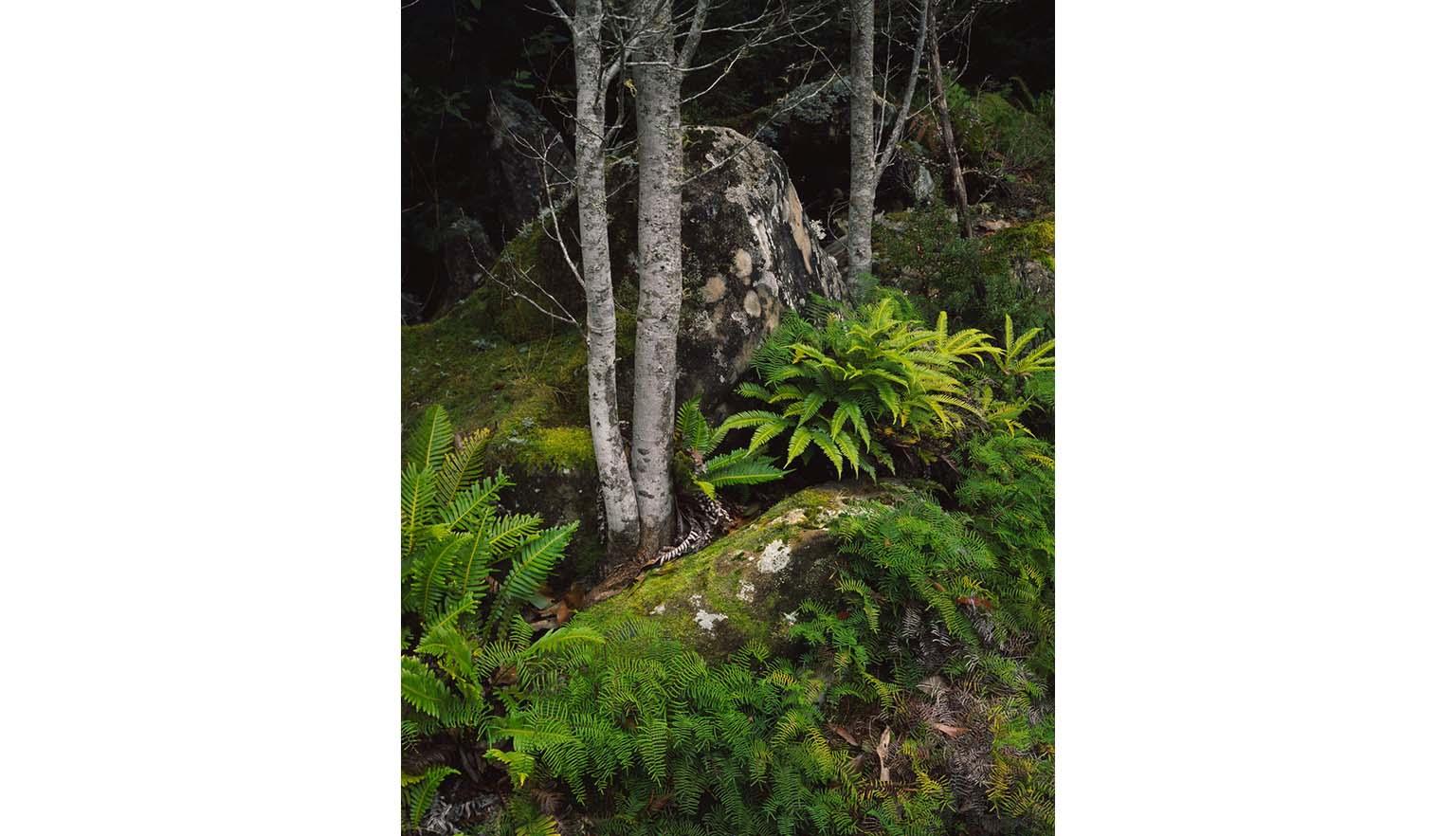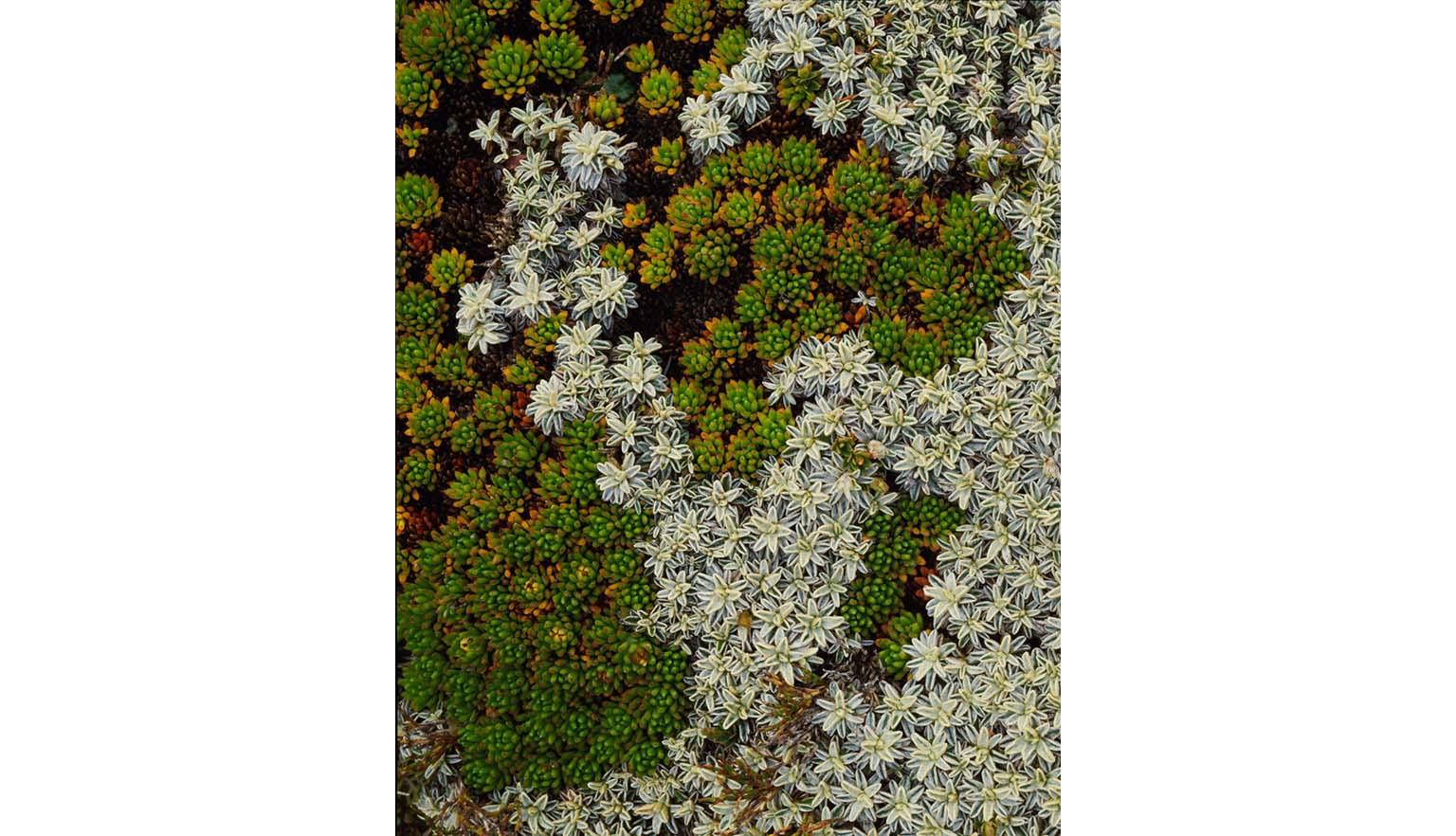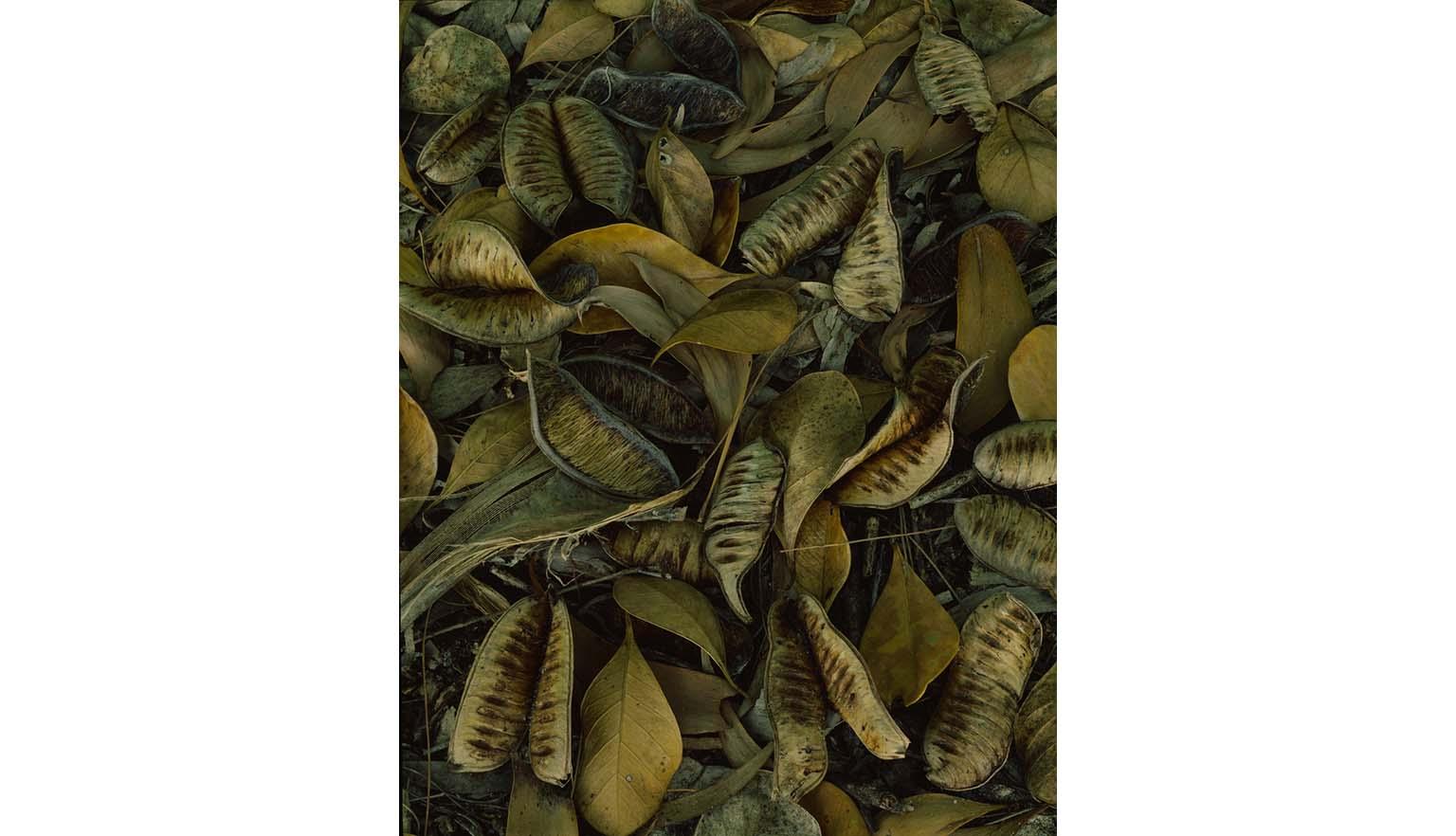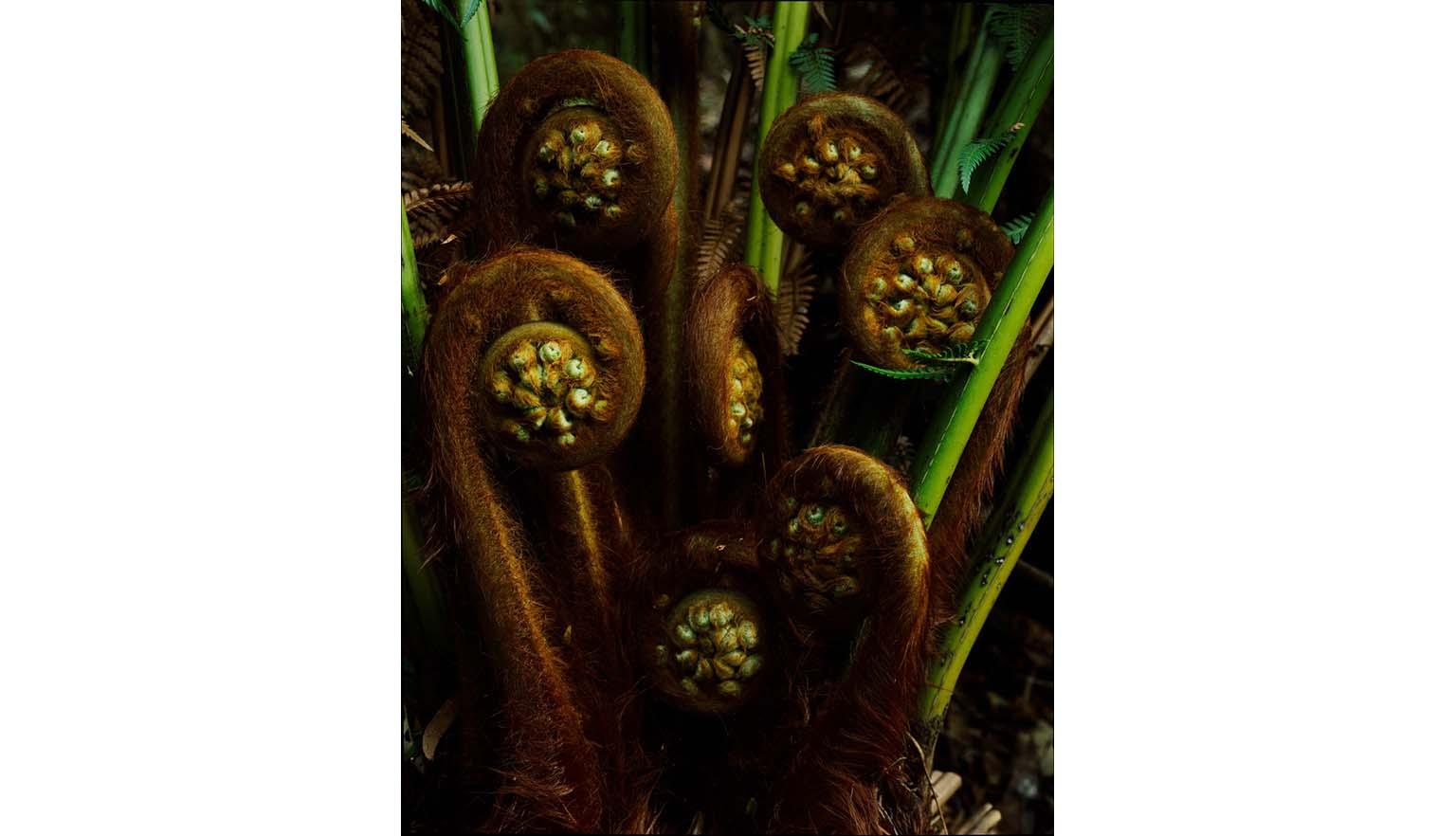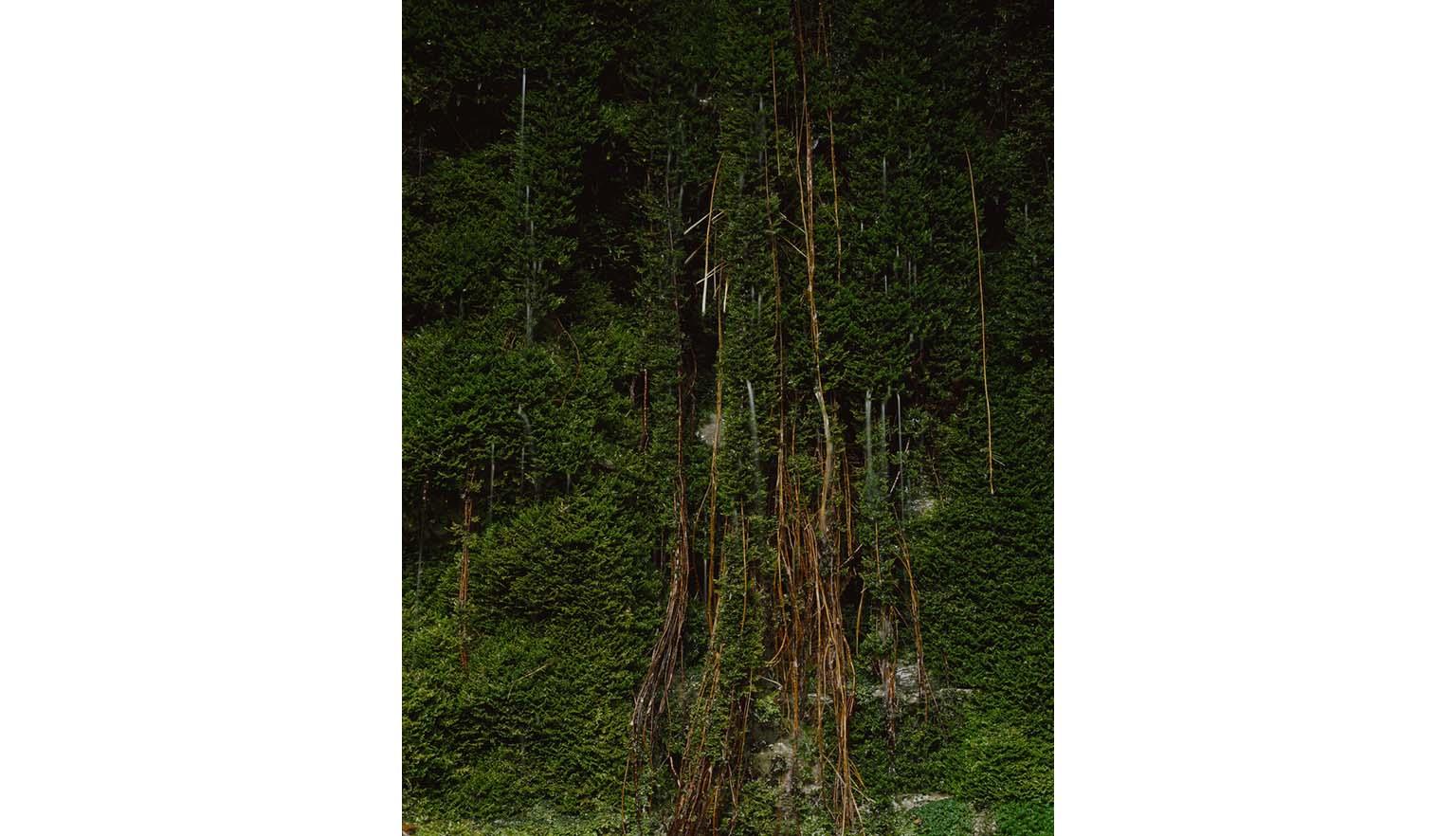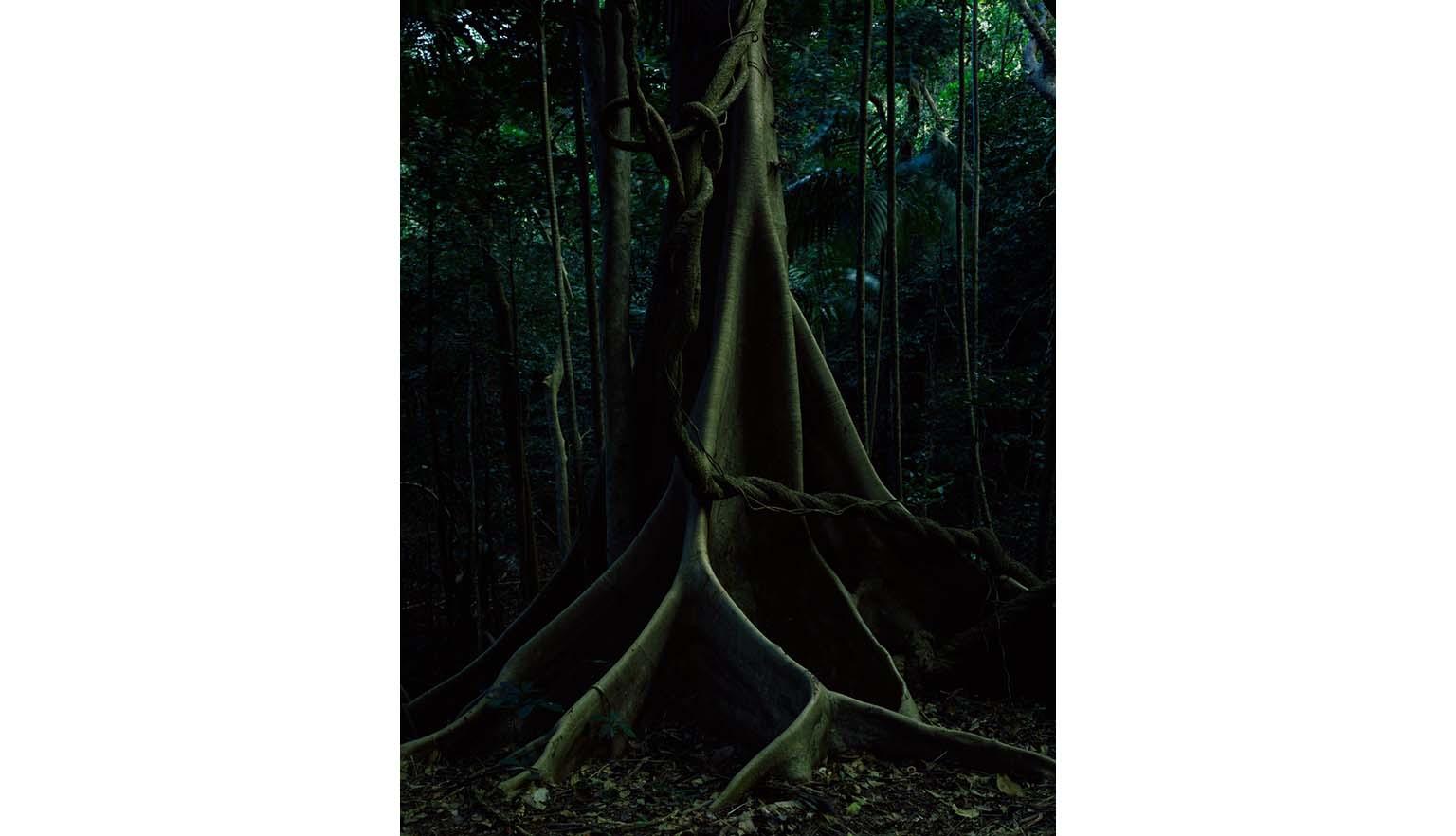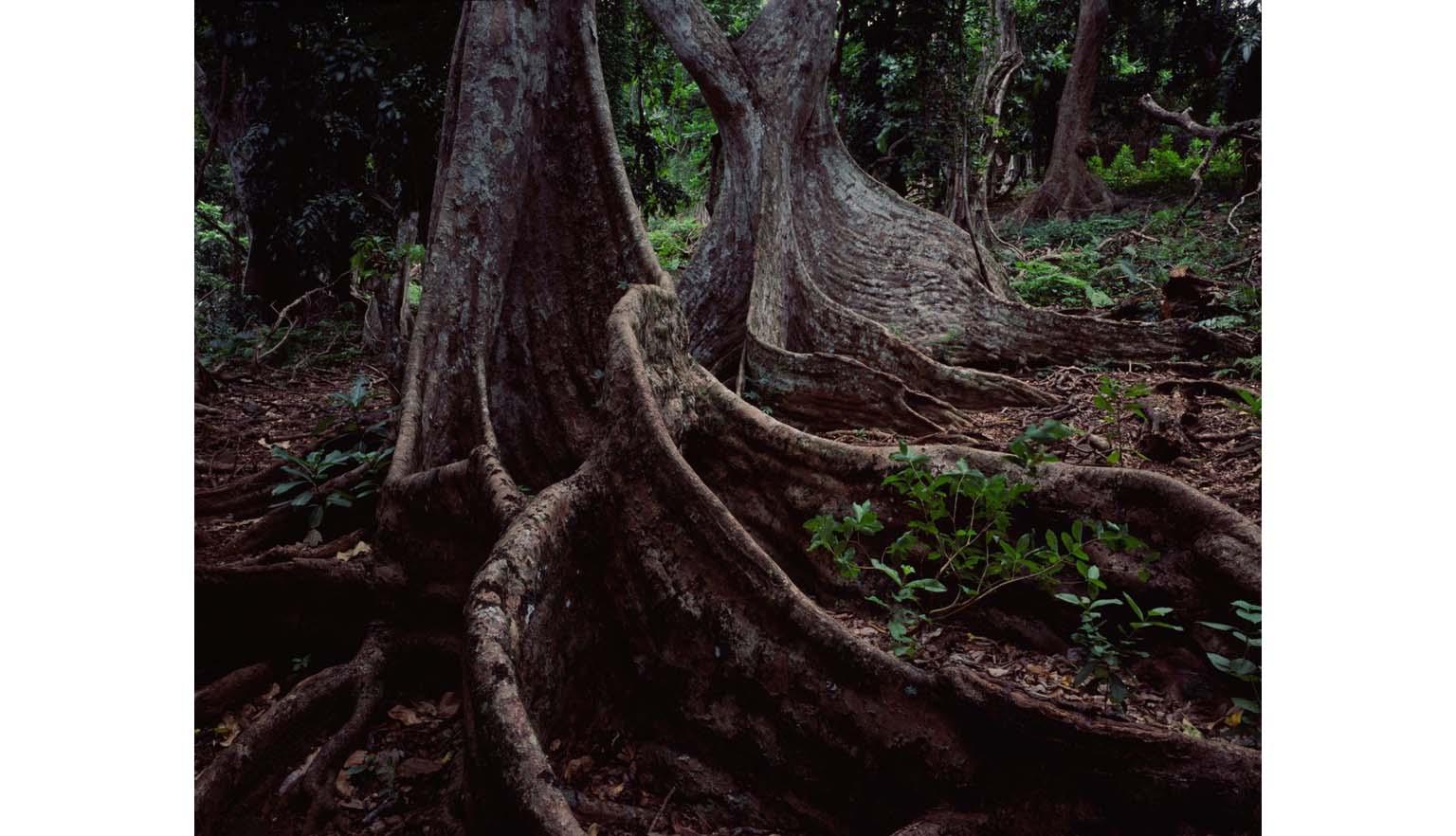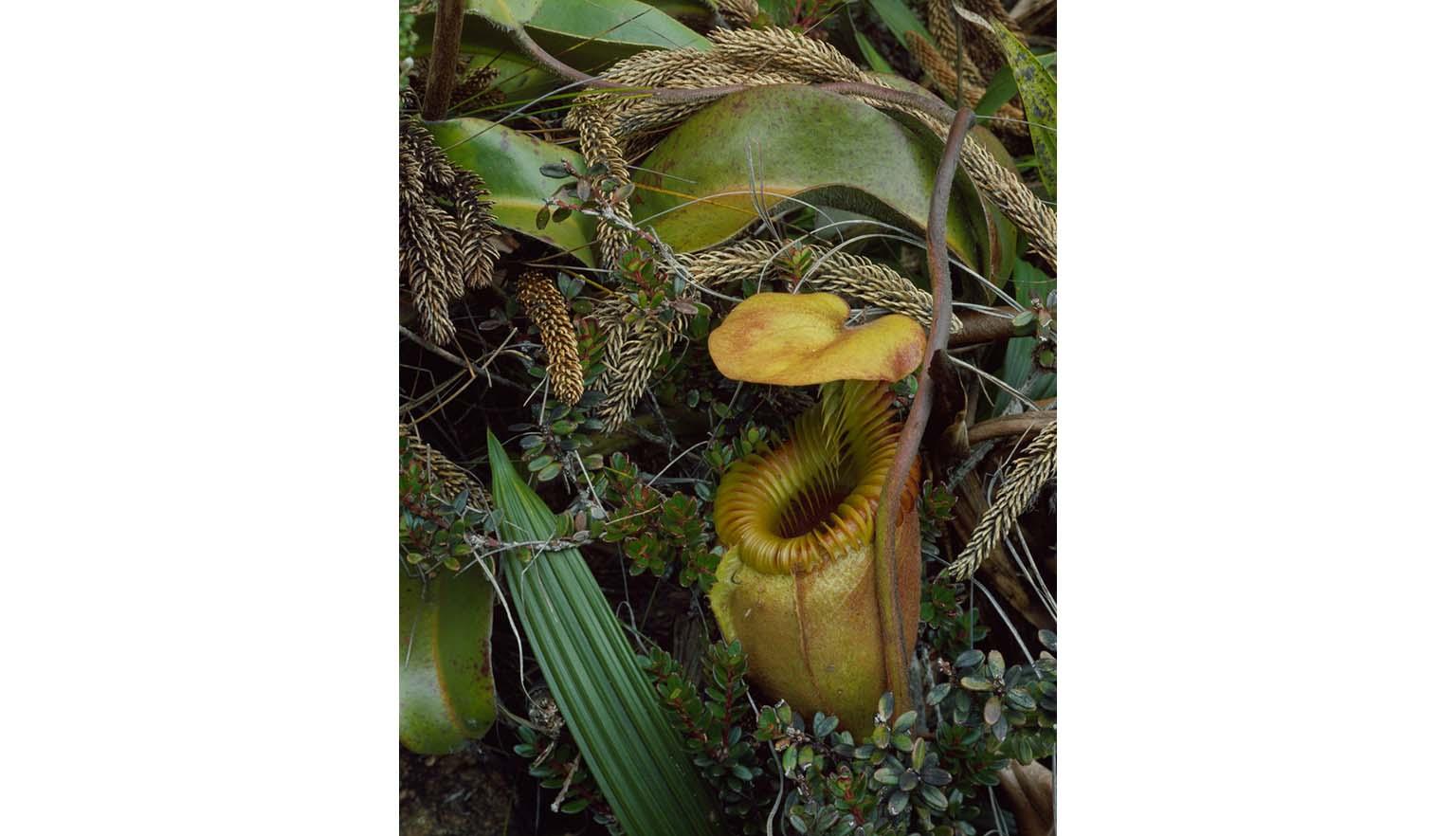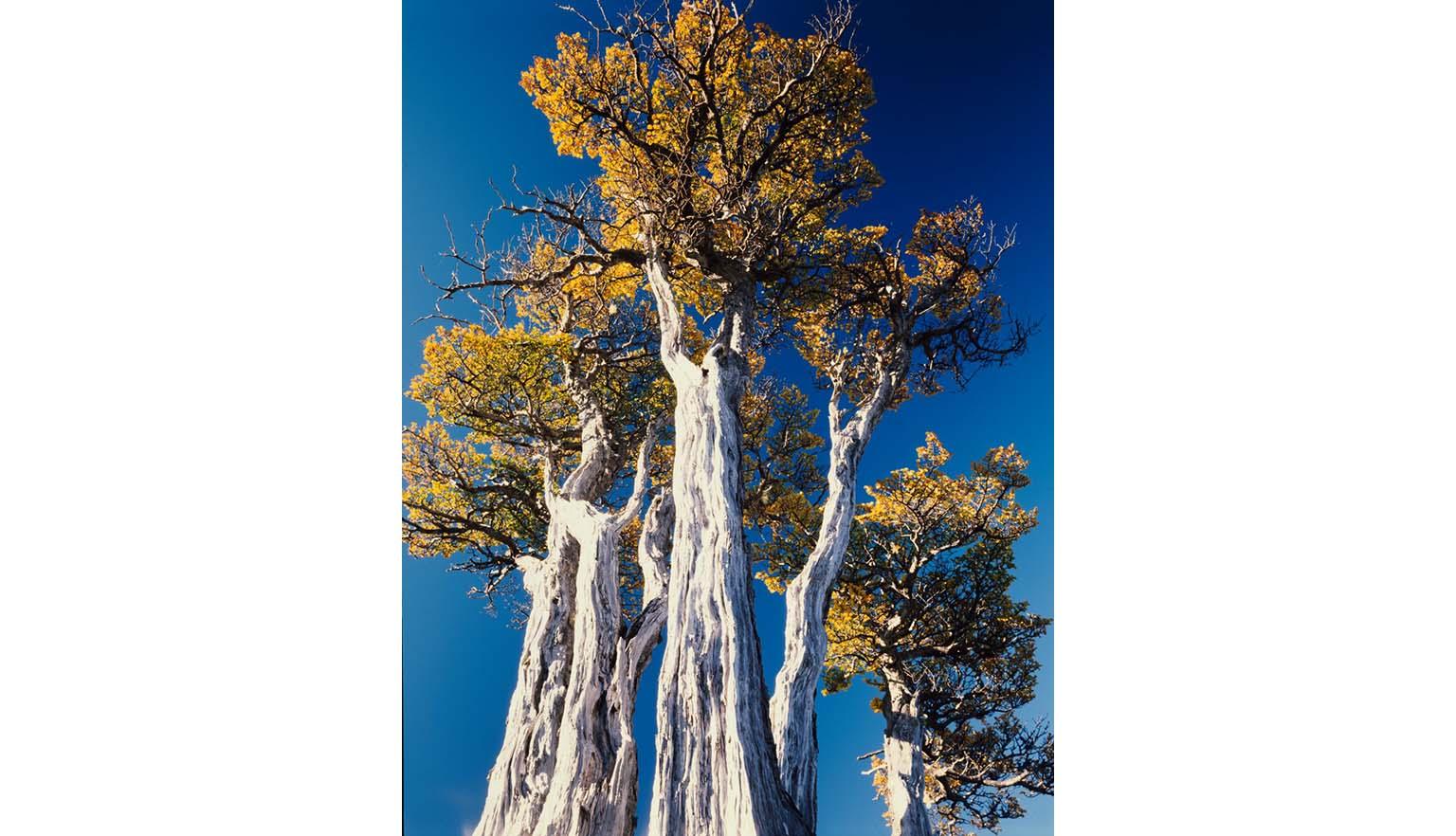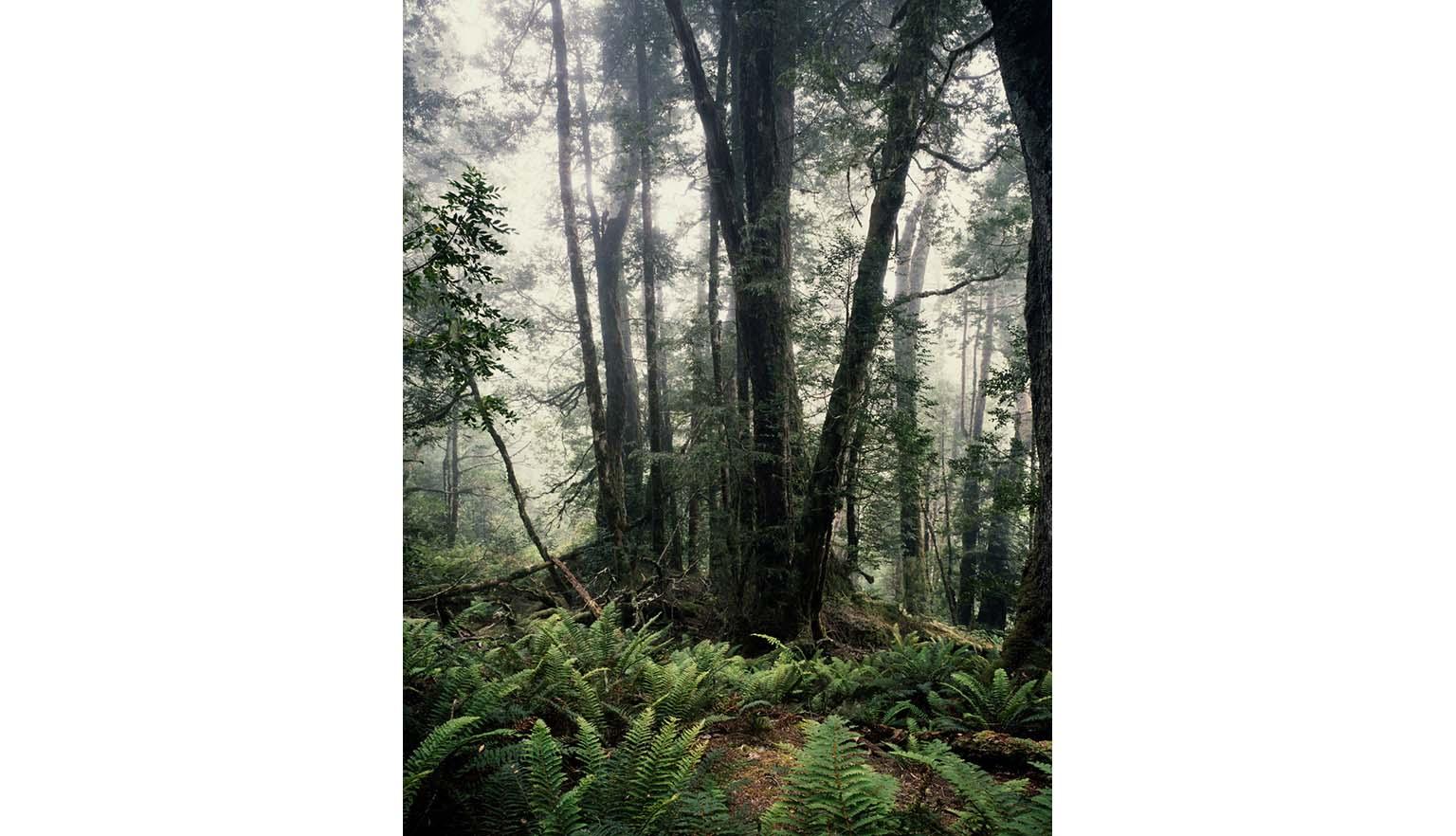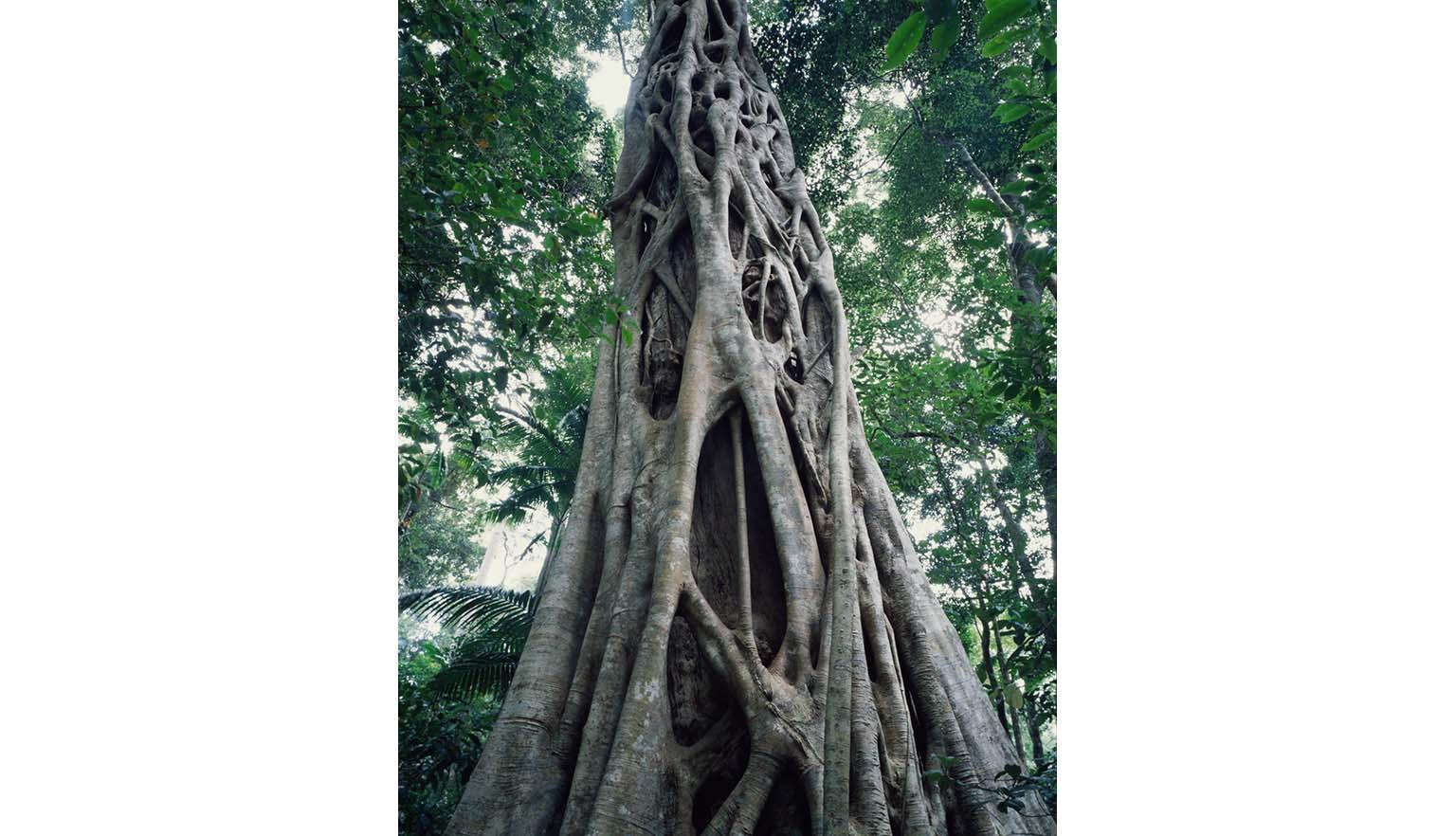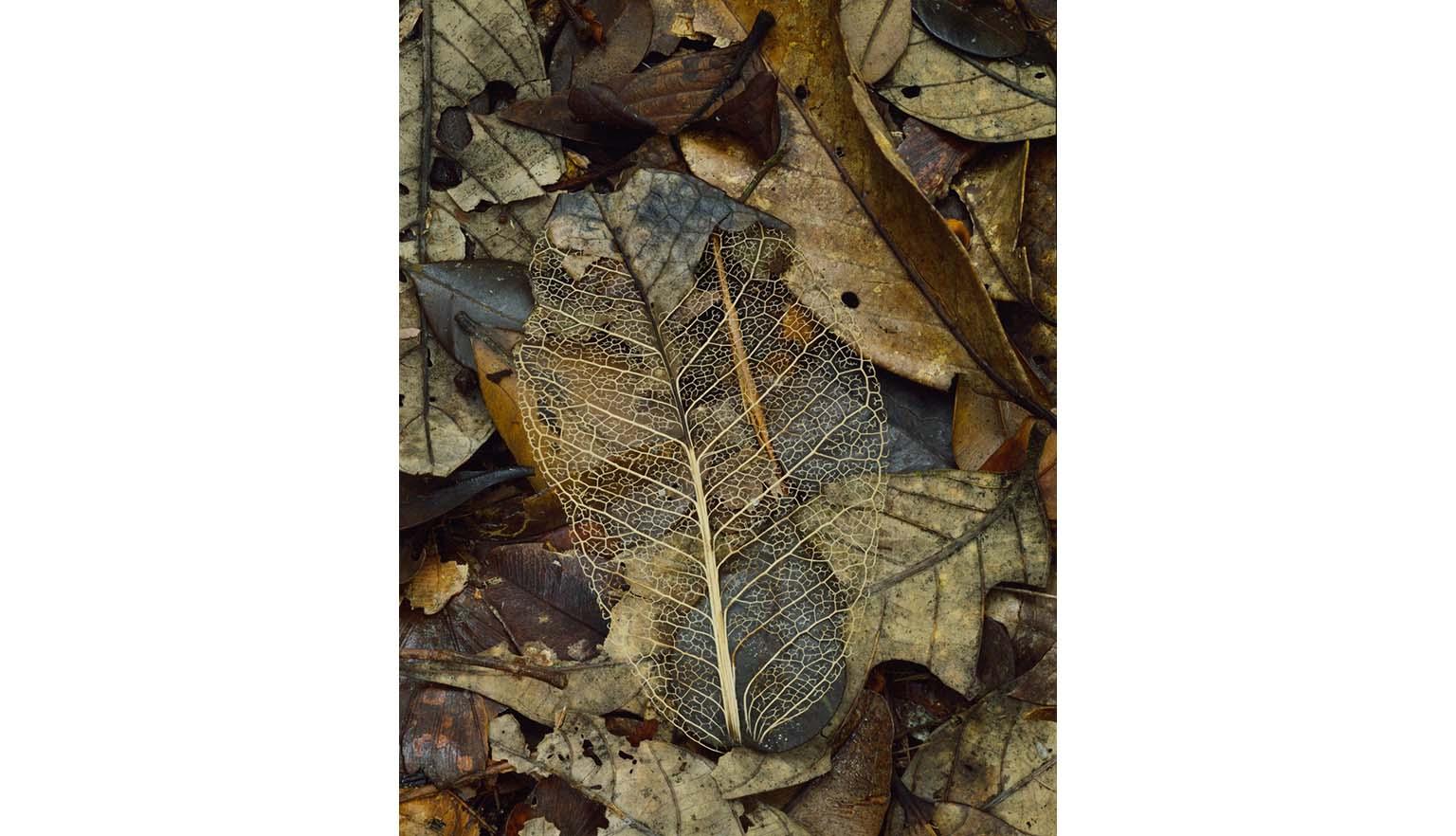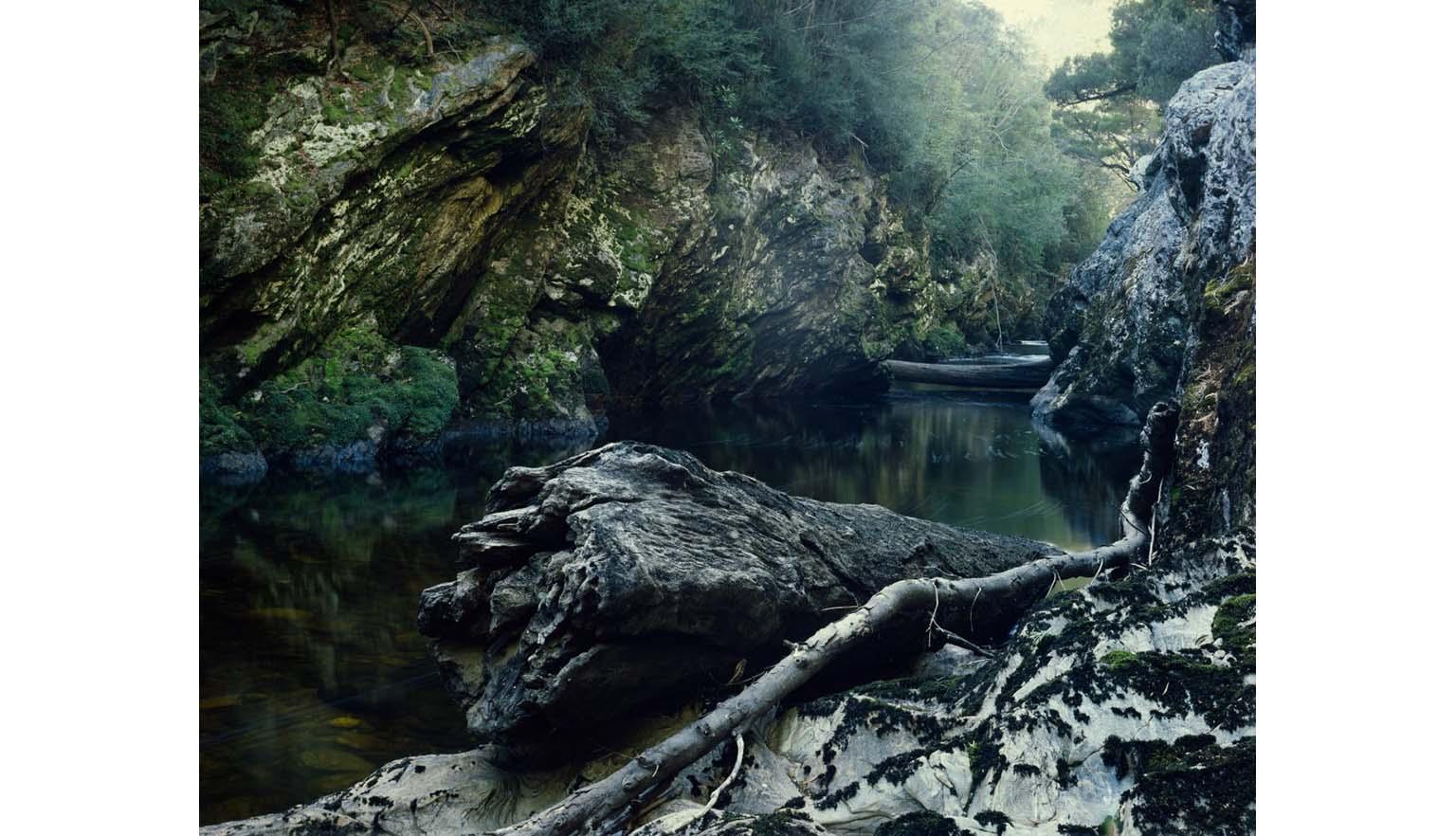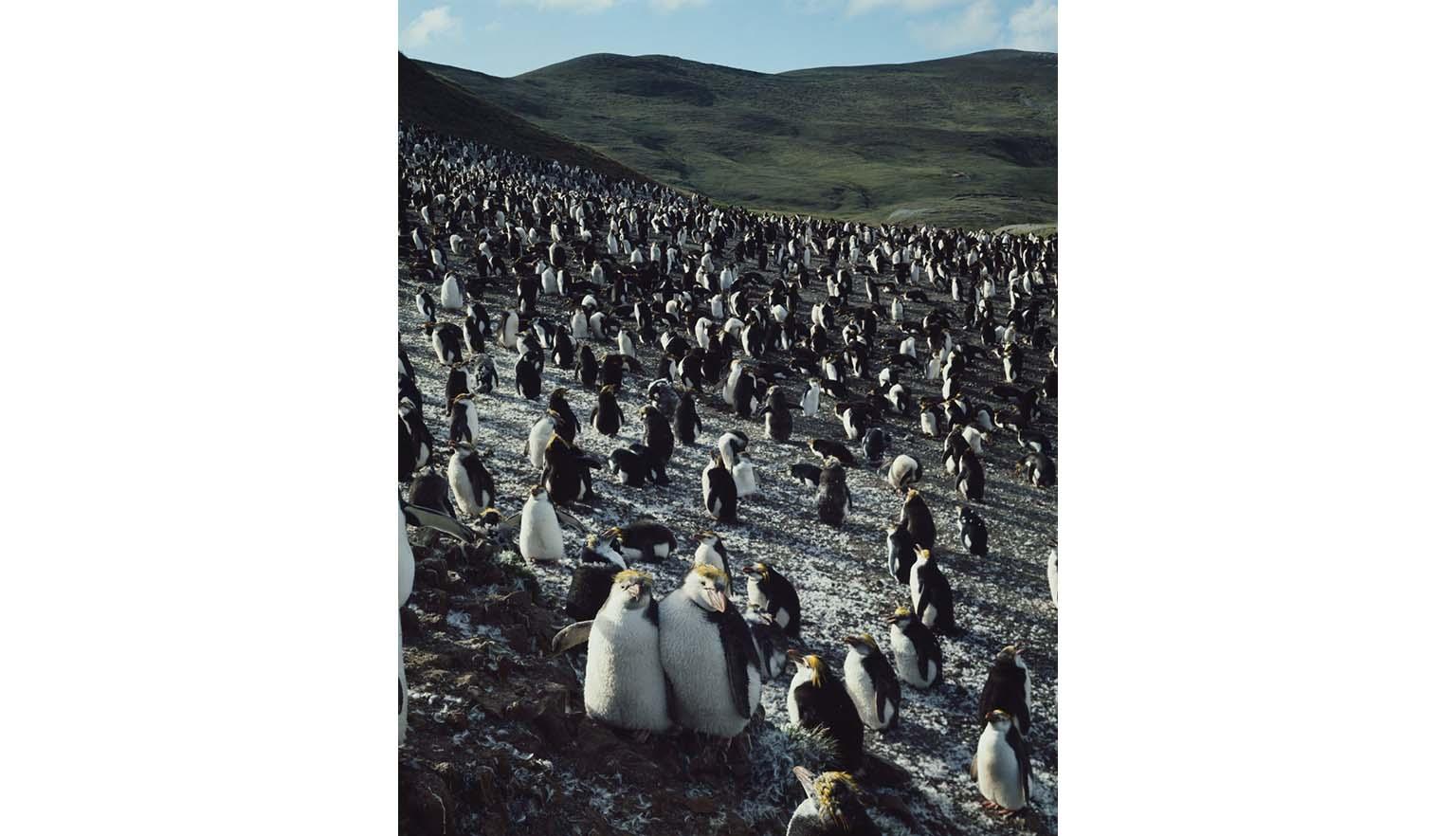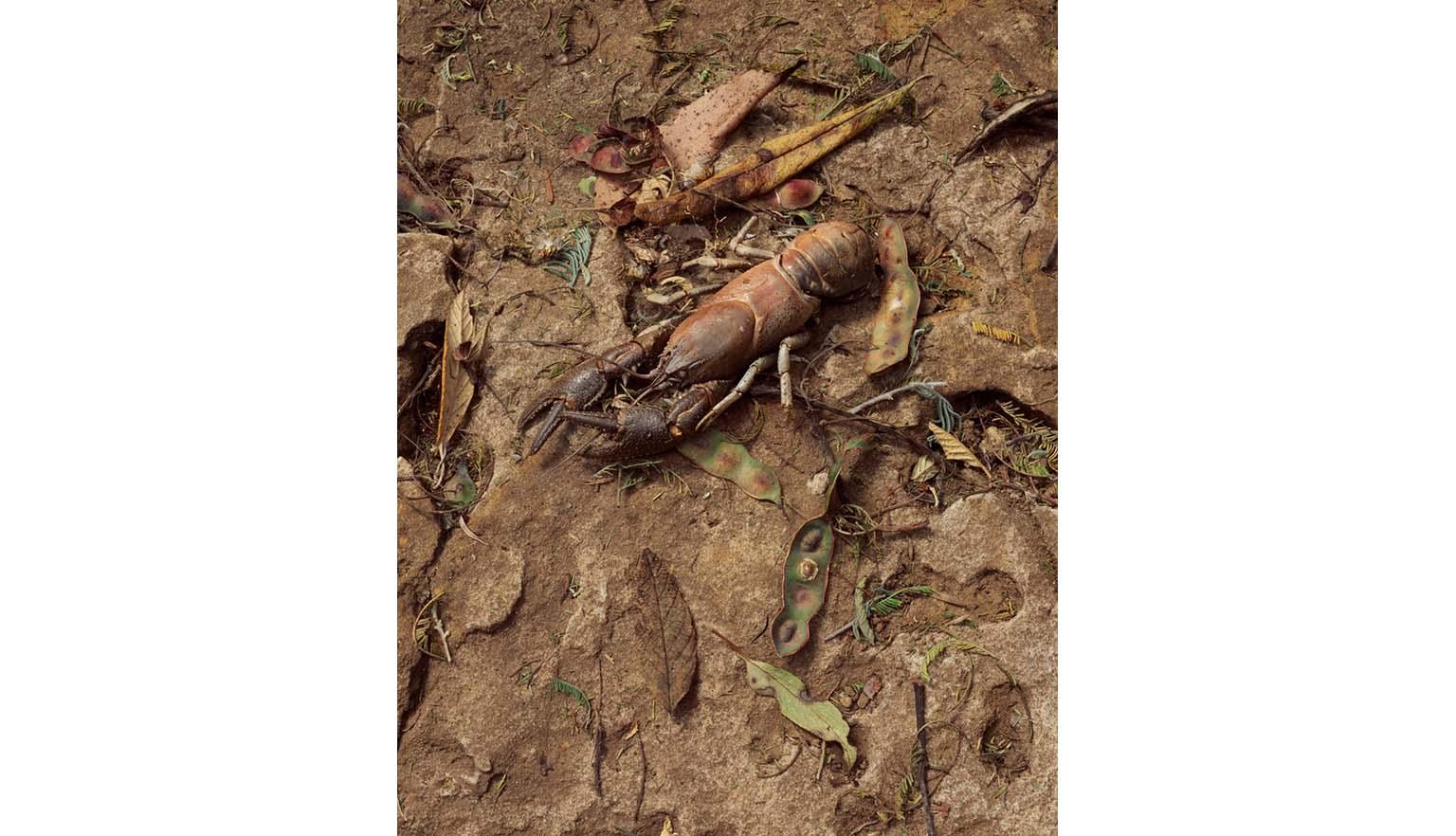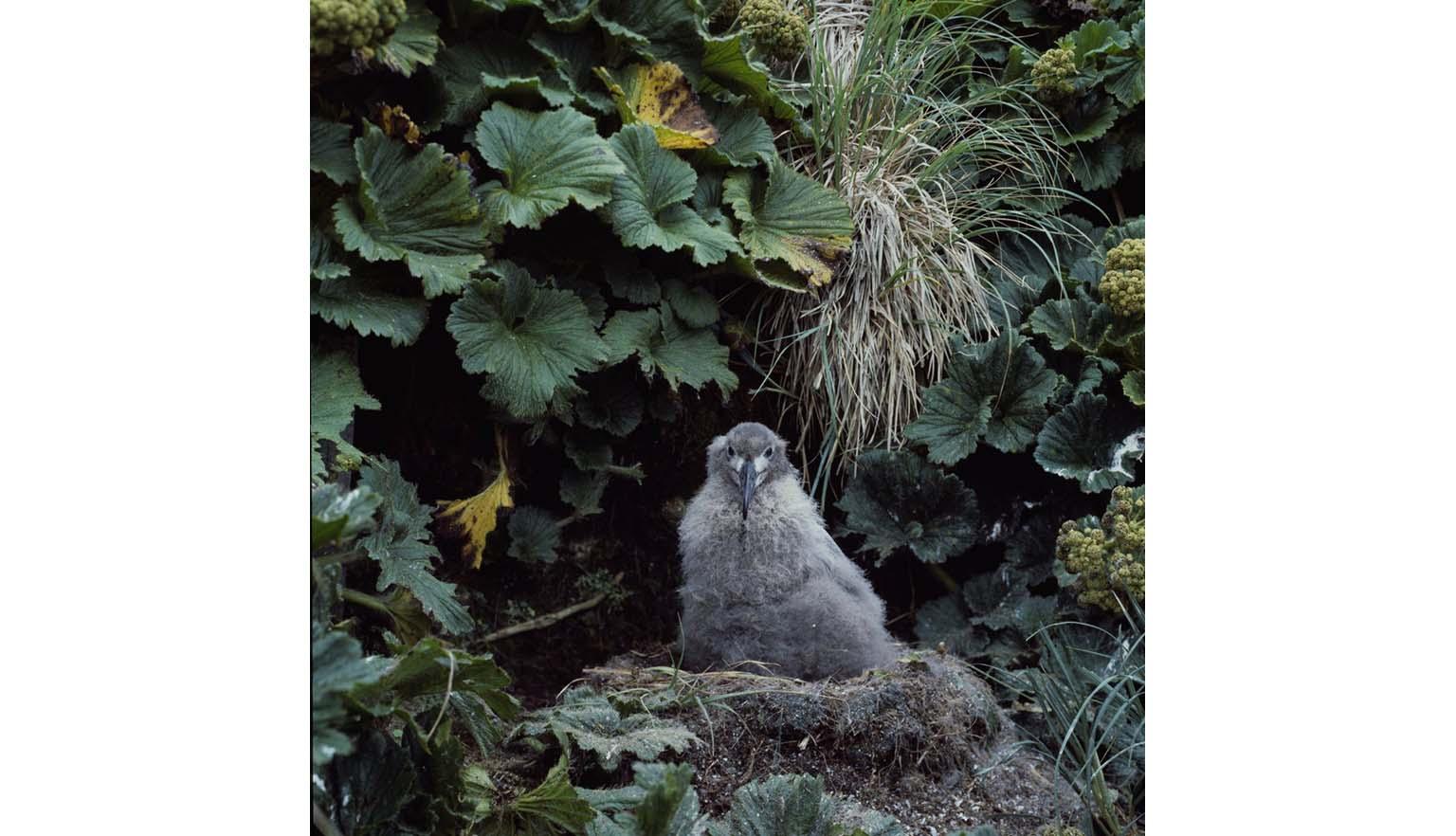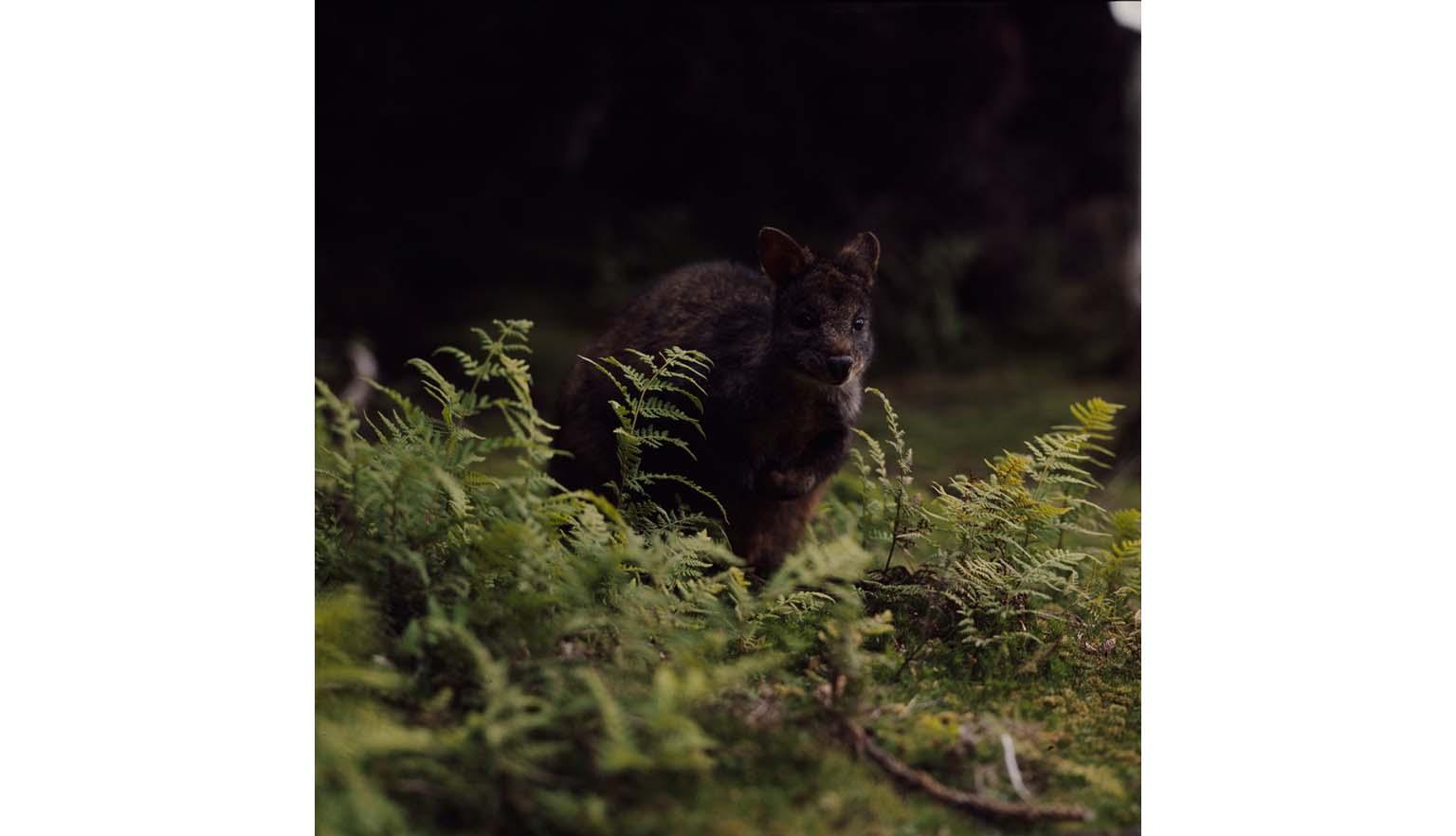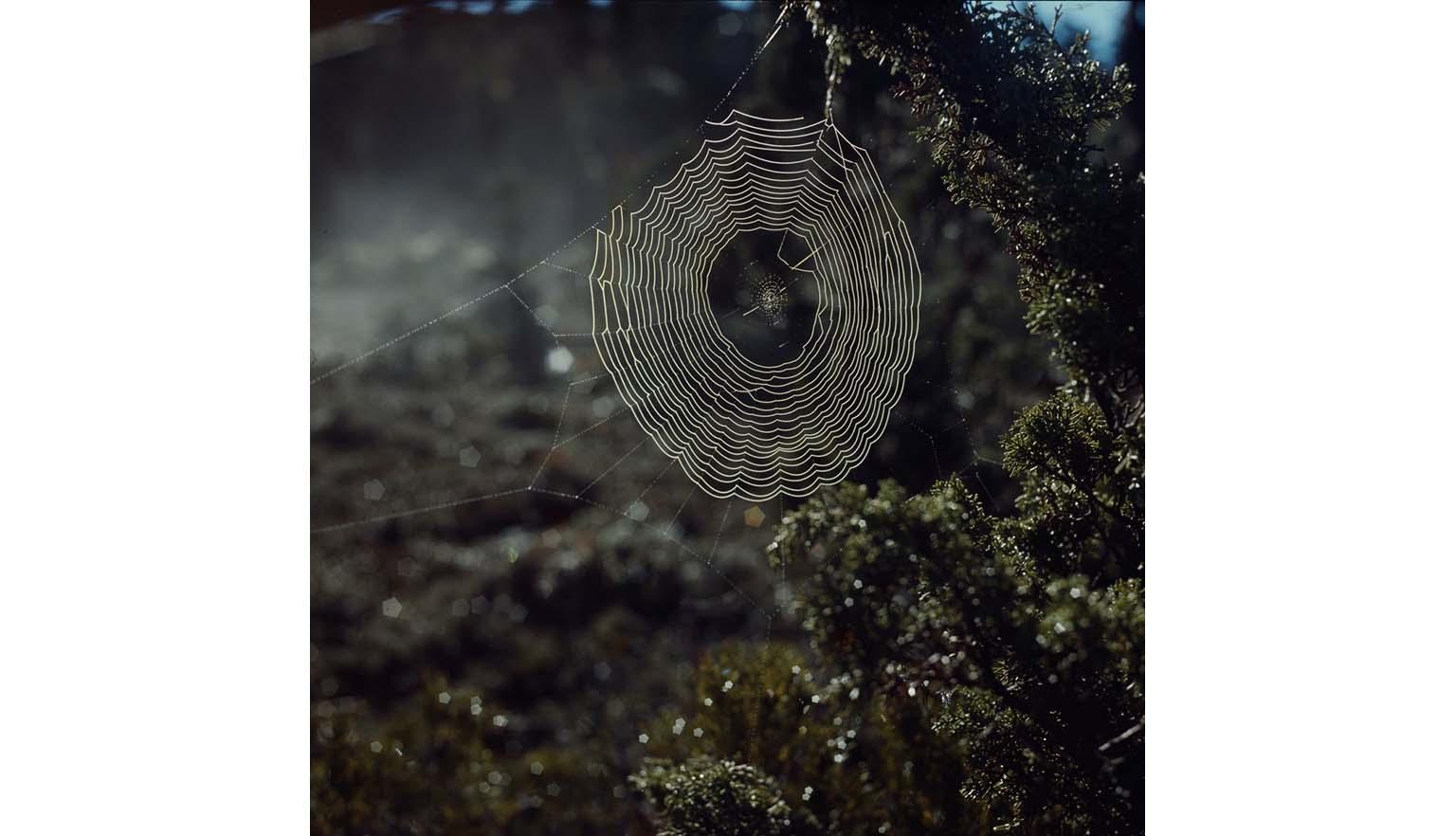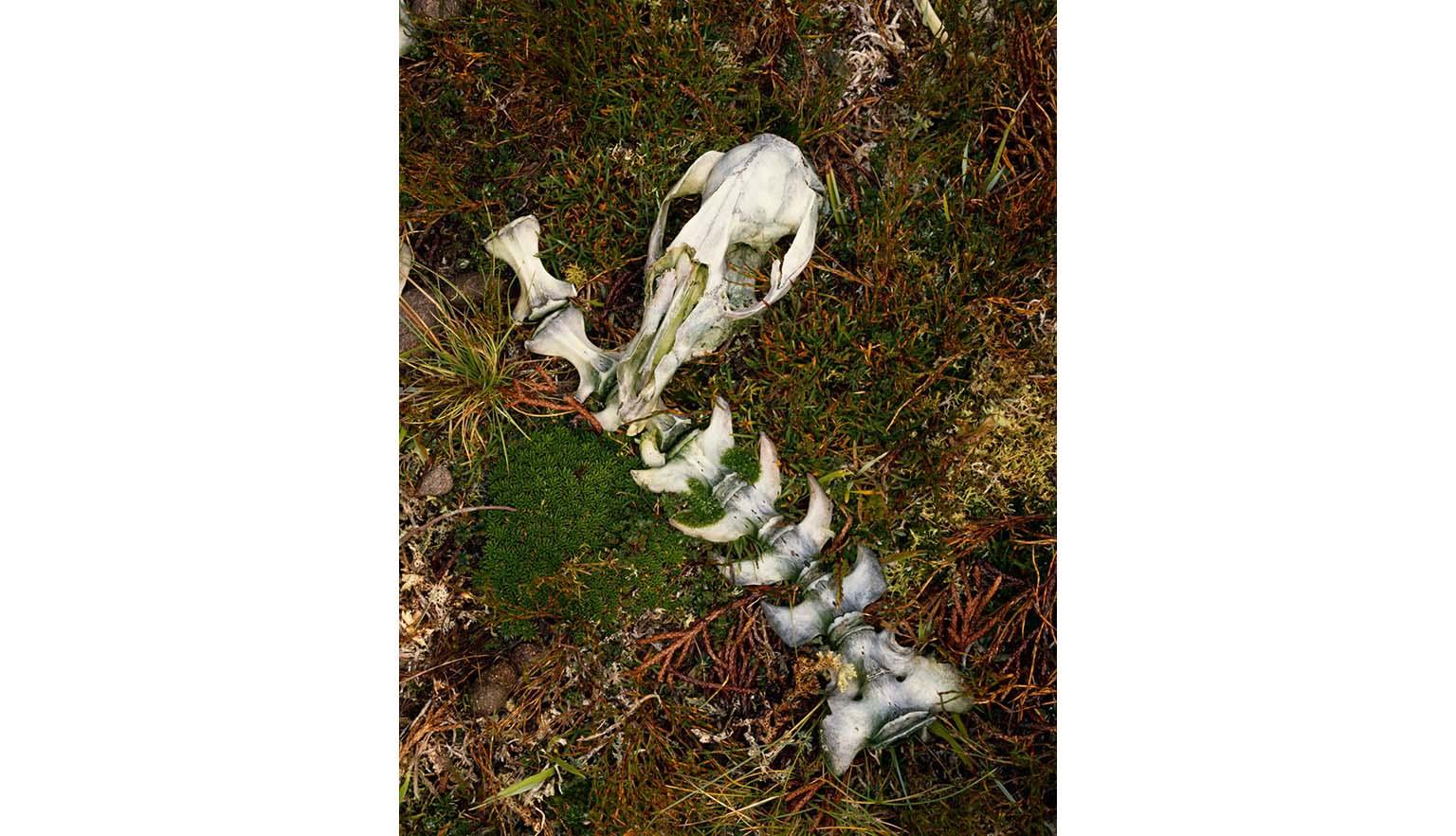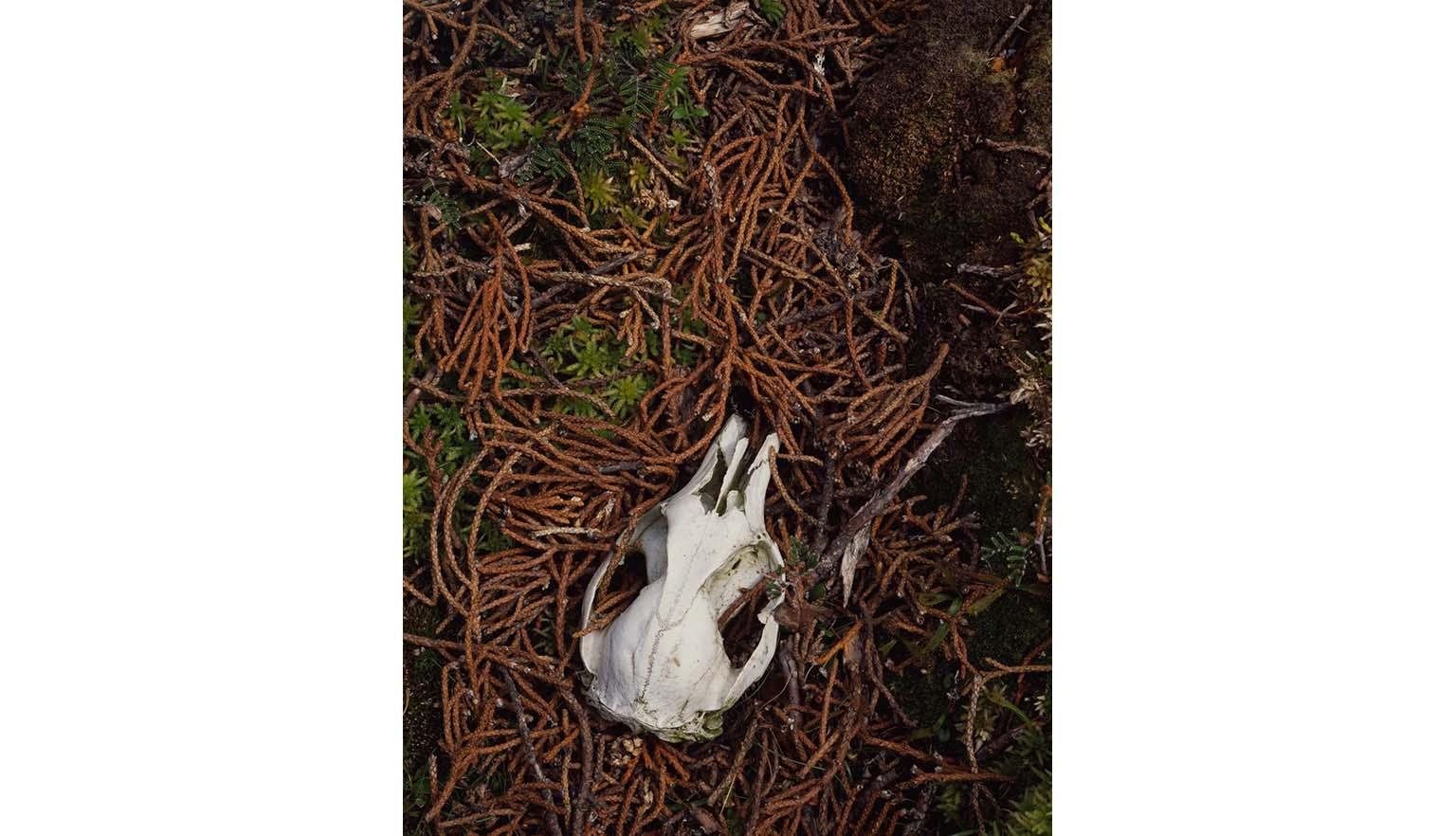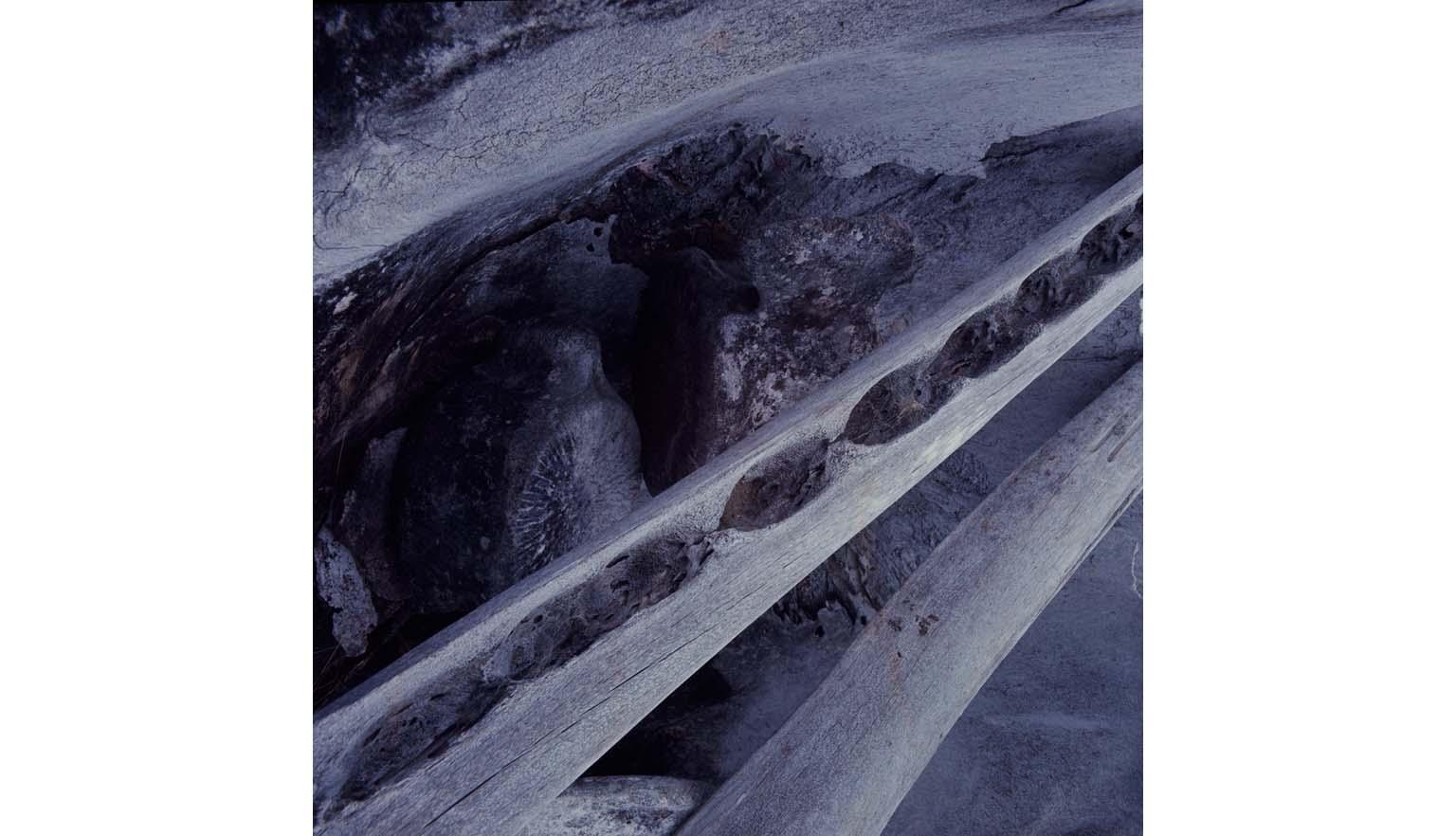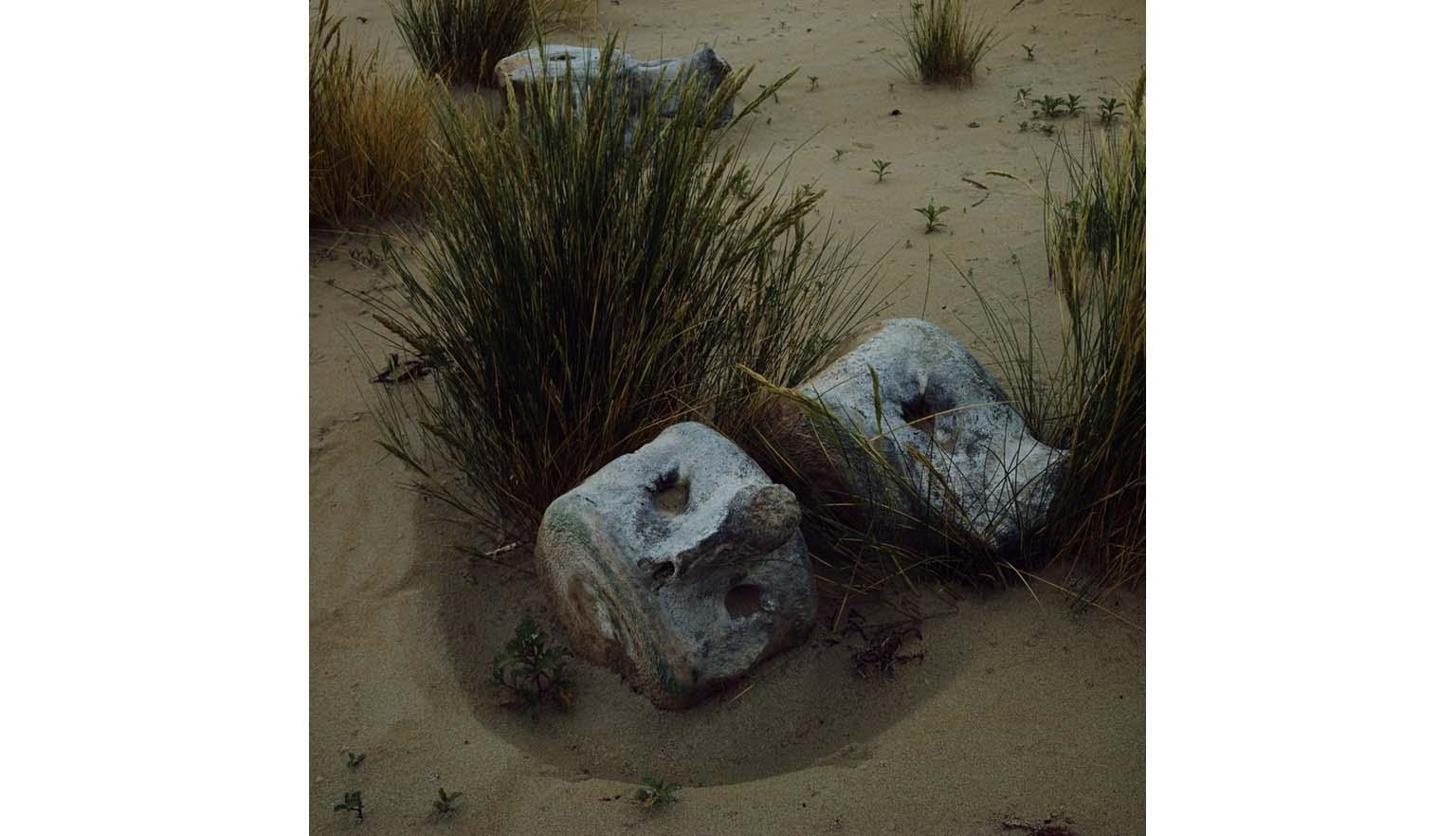Circle of life
Flora
The life cycle of plants can vary greatly. Some plants complete their life cycle in a matter of days, while others take hundreds of years.
Annuals: Plants that complete their life cycle within one year.
Perennials: Plants that take more than one season to grow, often over two or three years.
Woody Plants (Trees & Shrubs): These can take many years to mature and can live for centuries.
The oldest living tree on record is a Bristlecone Pine Tree, in the White Mountains, California, USA. The tree is estimated to be 5,067 years old, calculated by counting the growth rings taken from a core sample.
The oldest known tree in Australia is a Huon Pine in Tasmania. Core samples age this tree at around 2,000 years old.
Plant growth
Many plants start their life as seeds—small pods containing DNA, encased in a protective shell. However, not all plants begin this way. Some grow from spores, which are cells with thick walls that can withstand harsh environments. Other plants grow from tubers (such as potatoes, taro, or sweet potato), bulbs (such as tulips, daffodils, or iris), or rhizomes (such as ginger, turmeric, or bamboo).
Regardless of their origin, all plants need nutrients to grow. As plants mature, their need for food increases, and they spread their roots, leaves, stalks, and tendrils to collect as much energy as possible. Leaves spread upwards to catch sunlight, which they convert into energy through photosynthesis.
Plants such as seaweed grow towards the surface of the water to be closer to the sun. Roots collect water and nutrients from the soil, and some plants even trap and consume animals to meet their nutritional needs.
Australia is home to more than 250 species of carnivorous plants, which attract insects with sweet smells or vibrant colours.
Photosynthesis
As trees grow, they shoot branches and produce canopies of leaves. Many plants and trees also produce flowers. Flowers can be beautiful to look at and smell, but they have a key role in the life cycle of the plant. Flowers provide plants with a way of reproducing. Flowers can contain pollen which is needed to fertilise other plants. Birds and insects, like bees, help to transfer pollen from one plant to another.
Plant Reproduction and Decomposition
When plants die, their trunks and branches provide shelter and food for animals and insects. Depending on the environment, fallen trees will provide an opportunity for moss, fungi, and other plants to sprout. Eventually, the plant will be broken down by decomposers, returning nutrients and minerals to the soil so that future plants can have food and energy as they grow.
Fauna
Like plants, animals have varying life cycles. Some animals, like insects, have very short lifespans, while others, like reptiles, take years to mature.
Insects: Some species, like the mayfly, live only for a few days or hours.
Reptiles: Larger reptiles, such as tortoises, may take up to 20 years to reach adulthood and can live for over 200 years.
Notable Animal Lifespan Example
The Saltwater Crocodile, the largest living reptile, can live up to 70 years in the wild. These crocodiles mature at around 14-16 years of age.
The Role of Animals in Ecosystems
Animals help balance ecosystems by feeding on other animals, cleaning the environment, and aiding plant growth by transporting seeds and fertilising the ground with their droppings.
When animals die, their bodies provide nutrients for the plants and animals in their environment.
Learning activities
Activity 1: Creative Storytelling: Life Cycle of an Animal
Ask students to write a creative story from the point of view of an animal transitioning through the stages of its life cycle. Some prompts could include:
- How might a young tadpole feel when it discovers it has legs?
- How would a caterpillar feel about spinning a cocoon?
- How curious might a baby bird be about breaking out of its shell?
Encourage students to use descriptive language to explore the animal’s perspective and environment.
Activity 2: Exploring Tree Rings
Trees are among the longest-living organisms on Earth. Their age can be determined by counting the rings in their trunks. However, cutting down a tree to count its rings can harm the tree.
- Scout the schoolyard for tree stumps, branches with clean cross-sections, or fallen trees.
- Look closely at the rings and try to determine the tree’s age (wetting the wood can help make the rings more visible).
Activity 3: Composting: Decomposition in Action
Composting is the natural process of decomposing organic material. Students can observe how this process works by starting a compost collection at school.
- Collect organic material like fallen leaves or grass clippings.
- Over time, observe how the material breaks down and changes.
- If your school has a vegetable garden or compost pile, work with garden staff to involve students in the composting process.
